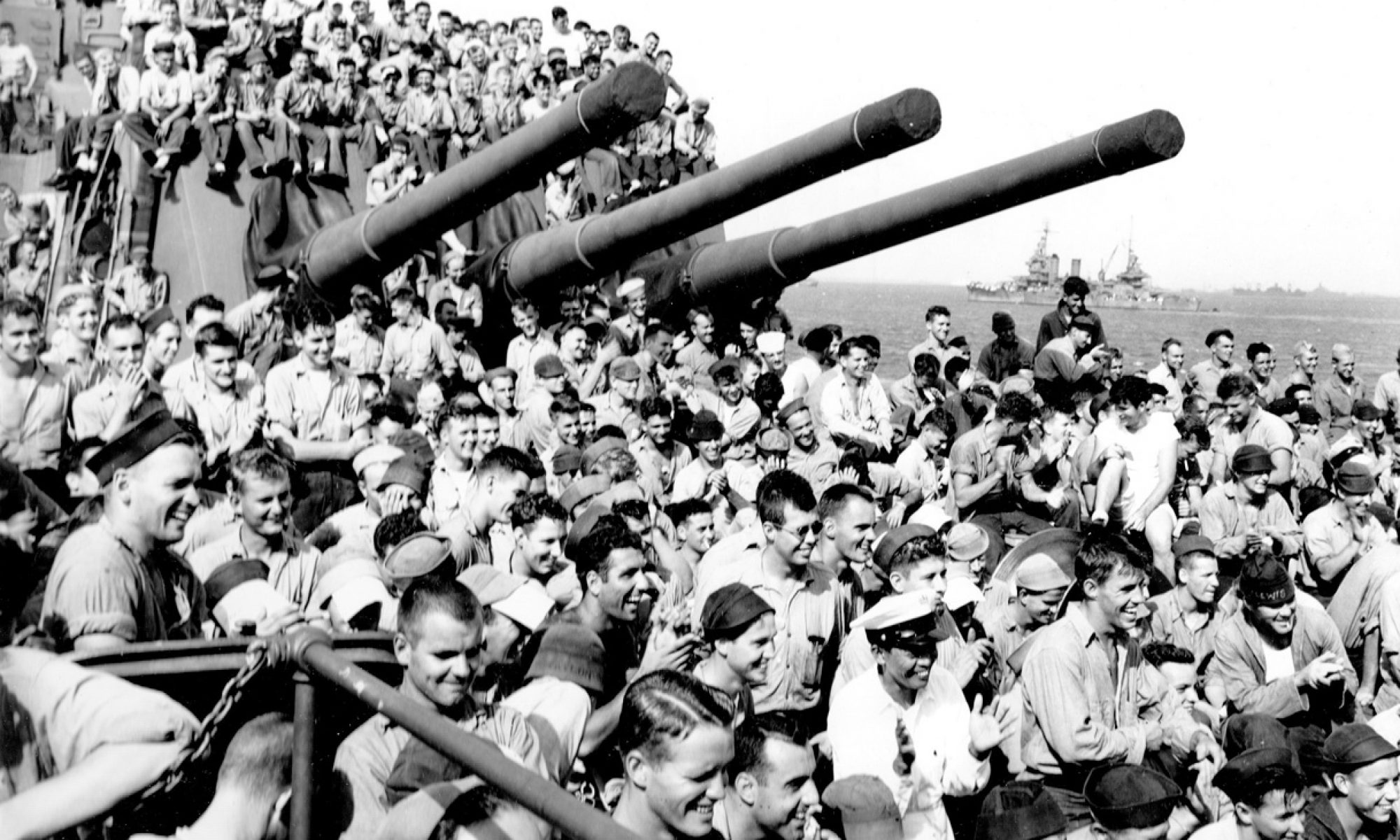1-27-19
On July 8, 1853, a group of four American warships under the command of Commodore Matthew Perry (brother of the War of 1812 hero Oliver H. Perry), steamed into Edo (Tokyo) Harbor. Perry had a letter signed by President Millard Fillmore demanding that Japan open up channels of trade (including access to “coaling stations” for our steamships). Perry spent days at anchor firing cannons and parading hundreds of Marines doing drills on shore. He was finally allowed to the make a presentation to the ruling Shogunate. He presented the letter and promised he would return shortly for a reply. Perry returned on February 13, 1854 in a task force of 10 warships and 1600 men. After weeks of negotiations, Perry and the Japanese Shogunate signed the Treaty of Kanagawa, in which all American demands were agreed-to. Before leaving Japanese waters, Perry went to the Ryukyu Islands (not yet part of Japan) and got his “compact between the United States and the Ryukyu Kingdom” signed on July 11, 1854.
Eighty eight years before Pearl Harbor.
We’ll continue to look at some of the highlights of U.S. / Japan interactions leading up to the Day that will live on in Infamy. Fascinating stuff – as the events of just-before WWI, just-after WWI and the years leading up the WWII are all part of the fabric of the attack on Pearl Harbor.
